Introduction
Agroforestry is the most promising way of ensuring agro-ecological continuity, and most of subsistence farmers base their agricultural production systems on agroforestry parklands. Thus, the choice of woody species and their management in agroforestry parklands depend on the socio-economic and ecological benefits they provide to the local population (Sehoubo et al., 2023). This study aims to assess sorghum yield according to the density and floristic composition of agroforestry woody plants in the sub-Sahelian zone of Burkina Faso.
Methodology
A floristic inventory of woody plants was carried out in 171 agroforestry parklands in the sub-Sahelian zone of Burkina Faso. These parklands were then categorised into different types of agroforestry parkland and woody plants densities for which sorghum grain yields were assessed during two cropping seasons (2021-2022 and 2022-2023). The types of density considered were low density (Number of trees / ha less than 10), medium density (Number of trees / ha between 10 and 15) and high density (Number of trees / ha greater than 15).
Results
Typology of agroforestry parklands in the sub-Sahelian zone of Burkina Faso
Agroforestry parklands in the sub-Sahelian zone of Burkina Faso are rich with 71 woody species belonging to 50 genera and 23 families. The main types of agroforestry parkland identified are those with Piliostigma reticulatum (DC.) Hochst (50.29%), Balanites aegyptiaca (L.) Delile (25.73%) and Vitellaria paradoxa C.F.Gaertn (23.98%) (Figure 1).
Effects of different types of agroforestry parks and woody densities on sorghum grain yields
Agroforestry parkland with a woody density of between 10 and 15 individuals per hectare and an average plant cover of 2.80 ± 1.40% gave higher grain yields (2787.97 ± 1776.50 kg/ha) than the other types of density (Figure 2).
As for the types of agroforestry parkland, the highest sorghum grain yields were obtained in the parklands with Balanites aegyptiaca (1351.07 ± 185.33 kg/ha) and Vitellaria paradoxa (1246.88 ± 203.99 kg/ha) (Figure 2).
Conclusion
The results of this study show that the diversity and optimum wood density of agroforestry parklands have the potential to positively improve crop yields.
Works Cited
Sehoubo Y.J., Meda M., Cicek H., Hien M. & Yelemou B., 2023. Management methods of agroforestry parks and local perception of their ecosystem services in the Sudano- Sahelian zone of Burkina Faso. Journal of Applied Biosciences, 185: 19442- 19460
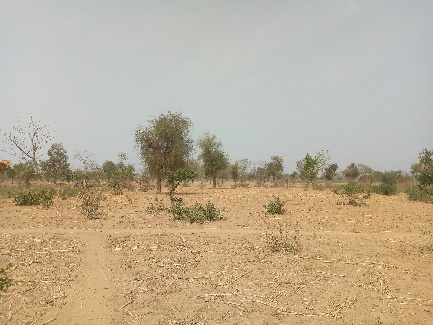
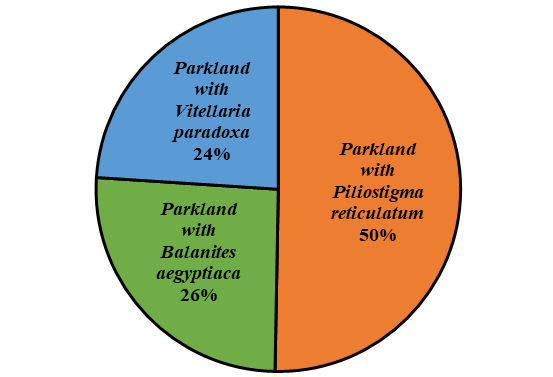
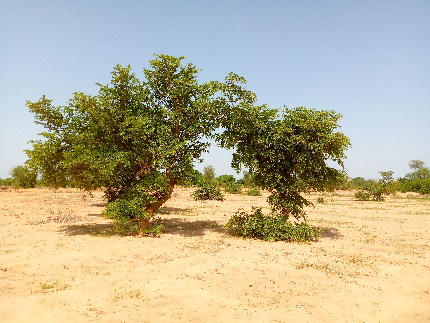
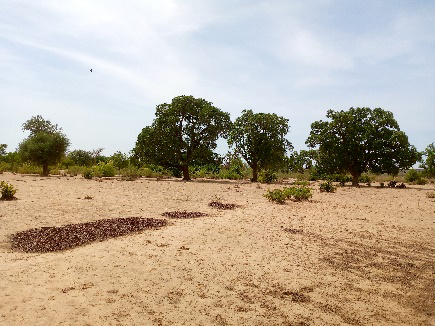
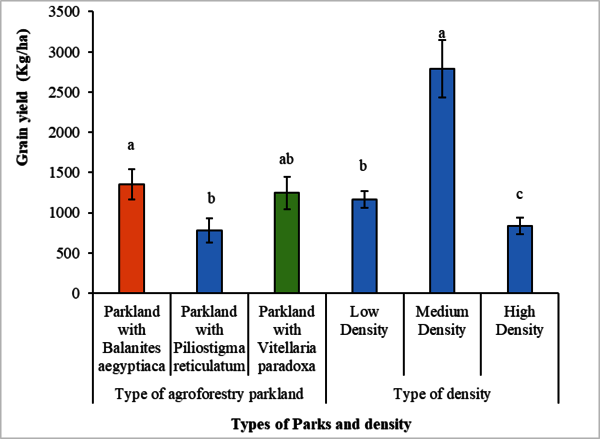





 tap and then scroll down to the Add to Home Screen command.
tap and then scroll down to the Add to Home Screen command.